| Canary Island Date Palm - Phoenix canariensis | |
|---|---|
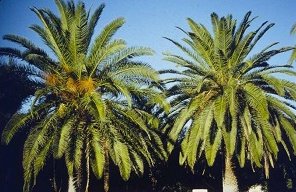 Fig. 1  Healthy Canary Island date palms Fig. 2 P. canariensis in Bogotá's Botanical Garden 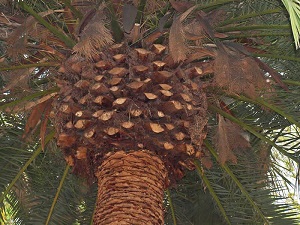 Fig. 3  P. canariensis canopy from below 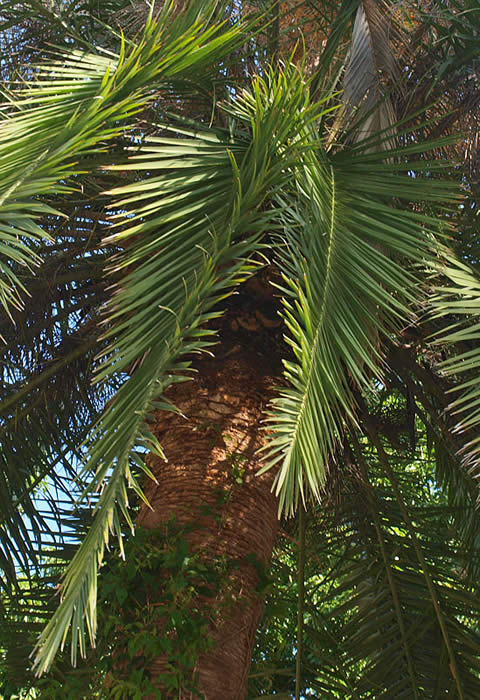 Fig. 4 P. canariensis leaves with twisted rachis 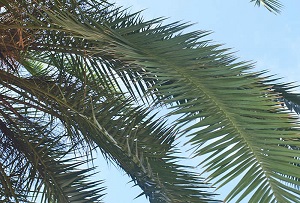
Fig. 5  P. canariensis leaves with leaflets in several planes 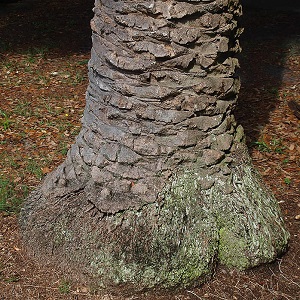 Fig. 6  P. canariensis stem base and roots 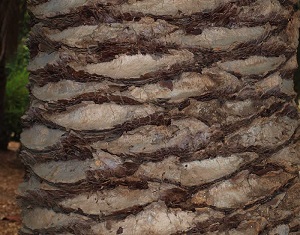 Fig. 7  P. canariensis leaf scars on stem 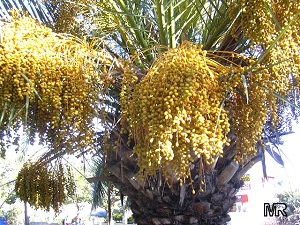 Fig. 8  P. canariensis fruit 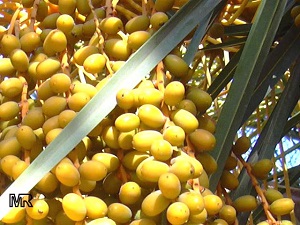
Fig. 9 P. canariensis fruit close-up 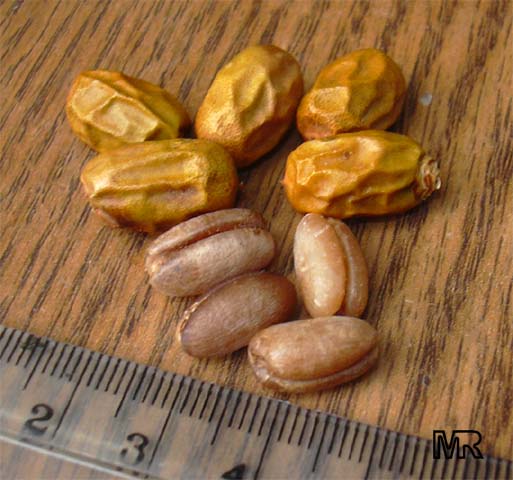 Fig. 10 P. canariensis fruits and seeds 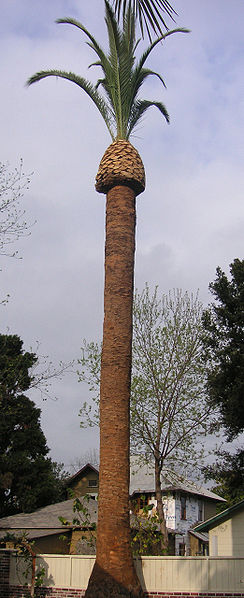 Fig. 11 P. canariensis (Canary Island Date Palm) pineapple trim [overpruned] Back to Edible Palms Page |
Scientific
name Phoenix canariensis H. Wildpret Pronunciation FEE-nicks kan-air-ee-EN-sis Common names Canary Island Date palm, Palmera canaria (Canary Islands), Pineapple Palm Synonyms P. canariensis var. porphyrococca Vasc. & Franco; P. cycadifolia Regel; P. erecta hort. ex Sauv.; P. jubae (Webb & Berthel.) Webb ex Christ; P. macrocarpa hort. ex Sauv.; P. tenuis Verschaff.; P. vigieri Naudin Relative P. dactylifera Family Arecacea/Palmae Origin P. canariensis is native to the Canary Islands which are located in the Atlantic Ocean off the coast of northeast Africa USDA hardiness zones 9A–11 2 Uses Edible fruit; tree has outstanding ornamental features Height 40-60 ft (12-20 m) slow growing reaching 10 ft (3 m) in 15 years Spread Frond spread of 20-40 ft (6-12 m) Crown Healthy specimens should have full, round canopies with 130–150 leaves 2 Plant habit The massive trunk supports a huge crown of over 50 huge arching pinnate leaves that may reach 18 ft (46 cm) long Growth rate Slow; in South Florida, produces about 50 leaves per year 2 Trunk/bark/branches Two to three feet diameter trunk is covered with interesting diamond designs that mark the point of attachment of the leaves Pruning requirement In South Florida, this species produces about 50 leaves per year, and when dead are removed manually Leaves Pinnate feather-like fronds; arching at top; 15-20 ft (4.5-6 m) long; green; long-lived; toothed petioles; deep green shading to a yellow stem where the leaflets are replaced by vicious spines Flowers Inconspicuous white flowers on orange stalks which are about 3 ft (1 m) in length; male and female flowers are borne on separate trees Fruit Color orange; up to 1-1.5 in. (2.5-3.8 cm) long; ovoid drupe and edible, though not particularly tasty 2 Light requirement Full sun, will tolerate part shade Soil tolerances Grown on a wide range of soil types; primary requirement being good drainage Drought tolerance Tolerant 2 Aerosol salt tolerance Moderate 2 Soil salt tolerance Moderately tolerant of salt spray Cold tolerance Damaged at 20° F (-7 °C); frond damage is unattractive; slow to recover Invasive potential * None reported Pest resistance Highly susceptible to palmetto weevils and to a number of diseases, most of which are lethal Reading Material Pheonix canariensis: Canary Island Date Palm, University of Florida pdf Origin Native to the Canary Islands 2 Description Massive and imposing, the Canary Island date palm is the center of attention wherever it is planted. These stately palms are popular landscape items in near frost-free climates around the world. They are grown throughout Florida and all along the Gulf of Mexico coastline. They are planted in warm areas of the western U.S. including Arizona, California and Las Vegas, Nevada. Widely used on the French Riviera, this palm provides a distinctive look to the Mediterranean resorts. 1 Varieties Will hybridize readily with other Phoenix species. Propagation Fresh seeds germinate in 2–3 months under high temperatures(85 °F –95 °F) and uniform moisture. Pruning Leaves are not self-cleaning and must be manually removed when dead, but the leaf bases eventually rot off, leaving an attractive diamond-shaped pattern of leaf scars on the 2- to 3-foot-diameter trunk. 2 Fertilizing Canary Island Date palms in the Southeast should be fertilized three times per year (four times in South Florida) with an 8-2-12-4 Mg plus micronutrients palm fertilizer that has 100% of its nitrogen, K, and Mg in controlled-release form and its micronutrients, such as iron and manganese, in water-soluble sulfate or chelated (iron only) form. Canary Island date palms are highly susceptible to K and magnesium (Mg) deficiencies under landscape conditions. 2 Note In areas of high rainfall, like Florida, these palms are often seen with ferns growing from among the old leaf stems. Decomposing leaf litter and other fibrous matter collect there creating an absorbent compost that sword ferns love, forming a hanging garden just below the palm's canopy. 1 Pests Palmetto Weevils (Rhynchophorus cruentatus), University of Florida pdf Silky Cane Weevil (Metamasius hemipterus), University of Florida pdf Diseases These palm trees are susceptible to a number of diseases, most of which are lethal but one disease that is mostly cosmetic in its effect is Graphiola leaf spot, commonly known as “false smut.” Fusarium Wilt of Canary Island Date Palm, University of Florida pdf (Archived) Ganoderma Butt Rot, University of Florida pdf Thielaviopsis Trunk Rot, University of Florida pdf Lethal Yellowing (LY) of Palm, University of Florida pdf Lethal Bronzing Disease (LBD), University of Florida pdf Graphiola Leaf Spot (False Smut) of Palm, University of Florida pdf Food Uses Fruit have been eaten by humans in times of need. Sap is still extensiverly extracted in La Gomera (Canaries) to produce "Miel de Palma", which is the condensed sap that tastes somewhat like maple syrup. 3 Other Uses This is NOT a good palm tree for residences unless you have a really BIG yard - or a Mediterranean style mansion (which they decorate very nicely!) The huge bulk of the Canary Island palm dwarfs most houses. 1 General In areas of high rainfall, like Florida, these palms are often seen with ferns growing from among the old leaf stems. Decomposing leaf litter and other fibrous matter collect there creating an absorbent compost that sword ferns love, forming a hanging garden just below the palm's canopy. 1 Further Reading Identifying Commonly Cultivated Palms ext. link A review of the nomenclature and typification of the Canary Islands endemic palm, Phoenix canariensis (Arecaceae) pdf List of Growers and Vendors |
| Bibliography 1 Sheper, John. "Phoenix canariensis." Floridata, Created 24 May 1998, Updated 30 May 1999, floridata.com. Accessed 12 Apr. 2014. 2 Broschat, T. K. "Phoenix canariensis: Canary Island Date Palm." Environmental Horticulture Dept., UF/IFAS Extension, ENH-598, Original pub. Nov. 1993, Revised Dec. 2006, Aug. 2013, Reviewed Dec. 2017, AskIFAS, edis.ifas.ufl.edu. Accessed 25 Apr. 2017, 9 Sept. 2020. 3 Haynes, Jody, and John McLaughlin. "Edible Palms and Their Uses." UF/IFAS Miami-Dade Extension, MDCE-00-5, First published Nov. 2000, AskIFAS, edis.ifas.ufl.edu. Accessed 14 Dec. 2015. Photographs Fig. 1 Broschat, T. K. "Healthy Canary Island Date Palms." Environmental Horticulture Dept., UF/IFAS Extension, AskIFAS, edis.ifas.ufl.edu. Accessed 12 Apr. 2014. Fig. 2 Pipeafcr. "Phoenix canariensis in Bogotá's Botanical Garden." Wikipedia, 2013, wikipedia.org. Accessed 14 May 2014. Fig. 3,4,5,6,7 Anderson, P. J. "Phoenix canariensis." Identifying Commonly Cultivated Palms, a Resource for Pests and Diseases of Cultivated Palms, 2011, idtools.org/id/palms/palmid/. Accessed 14 May 2014. Fig. 8,9,10 MR. "Phoenix canariensis." Top Tropicals, toptropicals.com. Accessed 14 May 2014. Fig. 11 Davidnat. "Phoenix canariensis (Canary Island Date Palm) Pineapple Trim." Wikimedia Commons, 2007, (CC BY-SA 3.0 US), wikimedia.org. Accessed 18 Nov. 2015. * UF/IFAS Assessment of Non-native Plants in Florida's Natural Areas Published 11 Apr. 2014 LR. Last update 9 Sept. 2020 LR |
|